#san ildefonso pueblo
Explore tagged Tumblr posts
Text

Maria and Julian Martinez with their second son John, San Ildefonso Pueblo, New Mexico
Date: 1926
Negative Number: 026335
826 notes
·
View notes
Text






Puye was one of the ancestral villages of Santa Clara, San Ildefonso and Ohkay Owingeh Pueblos, occupied from about 900 AD to 1580 AD. In the Tewa language, the name Puye translates to "pueblo ruin where the rabbits assemble or meet."
There are extensive ruins at the base of the cliffs and on top of the mesa, with outstanding examples of early Pueblo architecture and stunning panoramas of the Rio Grande valley. The rooms dug into the base of the cliff wall extend for over a mile along the south face of the mesa. There is a secondary level that is about 2100 feet long. The sheer number of cliff dwellings at Puye, and how far they extend, is overwhelming, indicative of a large community.
#Native American#New Mexico#road trip#travel#history#culture#heritage#Puebloan#santa clara pueblo#san ildefonso pueblo
34 notes
·
View notes
Text

Edward Sheriff Curtis - Okuwa-Tsire, or 'Cloud Bird,'of the San Ildefonso Pueblo, 1905.
* * * *
“Hold on to what is good, even if it is a handful of earth. Hold on to what you believe, even if it is a tree which stands by itself. Hold on to what you must do, even if it is a long way from here. Hold on to life, even when it is easier letting go. Hold on to my hand, even when I have gone away from you.”
Nancy Wood
(Ravenous Butterflies)
#Ravenous Butterflies#Nancy Wood#Edward Sheriff Curtis#Okuwa-Tsire#Cloud bird#San Ildefonso Pueblo#turn of the century#quotes
13 notes
·
View notes
Text

Harvest Dance postcard by Jose D. Roybal/ Oquwa
image source x
7 notes
·
View notes
Text

Francisco Vigil, Govr. Pueblo San Ildefonso , Tewa - Vroman - 1900
22 notes
·
View notes
Text

#🇪🇸 Martín Álvarez Galán. Era extremeño#hijo de una tierra que es cuna de conquistadores. Nació en Montemolín#un pequeño pueblo de la provincia de Badajoz#en 1766. Tenía 24 años cuando abandonó Montemolín con dirección a Sevilla#y allí conoció a Lucas#un granadero de la Infantería de Marina#que fue quien logró convencer a Martín de alistarse en el cuerpo. El 26 de abril de 1790#el joven extremeño se incorporó a la 3ª Compañía del 9º Batallón de Marina. Una vez allí#y por sus buenas aptitudes#es seleccionado para la élite del cuerpo: los granaderos#que siempre combatían en la vanguardia abriendo paso a los demás.Ya con 26 años#el joven extremeño embarcó en el navío “Gallardo”. Con él participó Martín en la campaña de Cerdeña entre 1793 y 1794. A continuación#nuestro joven granadero embarcó en el “San Carlos”#partiendo hacia La Habana. El periplo de Martín por los buques de la Armada Española continuó en 1796 con sendos servicios a bordo del “San#dos formidables navíos con 112 cañones cada uno. Finalmente#el 1 de febrero de 1797 Martín embarcaba en el buque que le llevaría a la fama: el “San Nicolás de Bari”#de 74 cañones. En octubre de 1796#tras la firma del Tratado de San Ildefonso con Francia#España le había declarado la guerra a Inglaterra y a Portugal. Apenas dos semanas después de embarcar en su nuevo destino#Martín se vio en aguas del Cabo de San Vicente. El “San Nicolás de Bari” acompañaba a otros 23 navíos#7 fragatas y varios buques más. El 14 de febrero de 1797 la escuadra española fue interceptada por una escuadra británica Horatio Nelson pr#logrando la captura de cuatro de sus navíos#entre ellos el “San Nicolás de Bari”. Antes de morir#el Brigadier Tomás Geraldino confió a Martín la misión de defender la bandera. Arrinconados hacia el castillo de popa#los infantes de Marina fueron cayendo uno a uno. Finalmente sólo quedaba Martín#sable en mano y aferrándose a la bandera rojigualda todavía izada#pues su arriado habría sido una señal de rendición. Un sargento de los marines británicos#William Morris#armado con un sable y una pistola y que pretendía arriar la bandera rojigualda#se acercó hacia Martín y desoyó la señal de alto del granadero español. Martín lo atravesó con tal fuerza que lo dejó clavado con su sable
1 note
·
View note
Text

Potter Tonita Roybal : San Ildefonso Pueblo (New Mexico)
T. Harmon Parkhurst
57 notes
·
View notes
Text
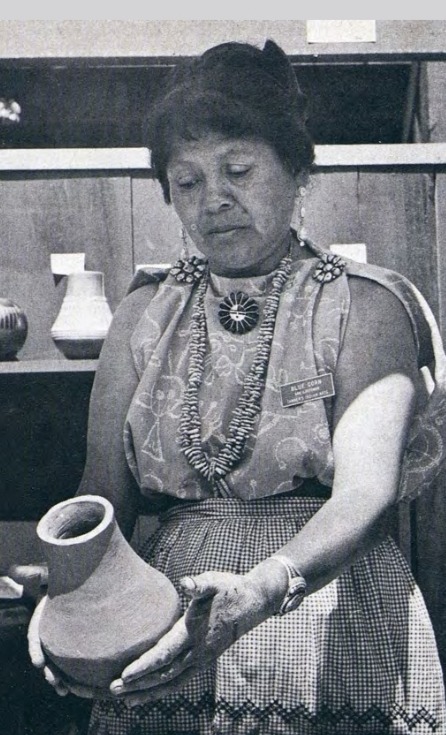
Blue Corn (aka Crucita Gonzales Calabaza), Tewa pottery artist from the San Ildefonso Pueblo - 1973
#blue corn#crucita calabaza#artist#tewa#san ildefonso#indigenous#1973#traditional clothing#jewelry#indigenous american
131 notes
·
View notes
Text
For #NationalSkunkDay here’s a trio of 1930s tempera paintings from Museum of Fine arts Houston by the San Ildefonso Pueblo’s Martinez family:
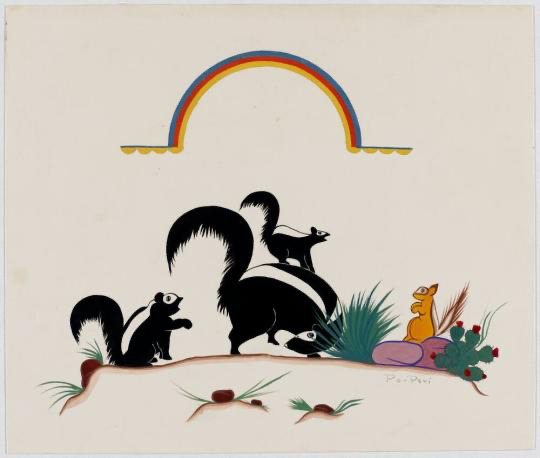
1. Popovi Da (Tony Martinez) (1921–71) Untitled (Skunks and Squirrels Under Sky Crescent) 1930s San Ildefonso Pueblo, New Mexico, United States Tempera on wove paper 9 5/16 × 11 1/16 in.
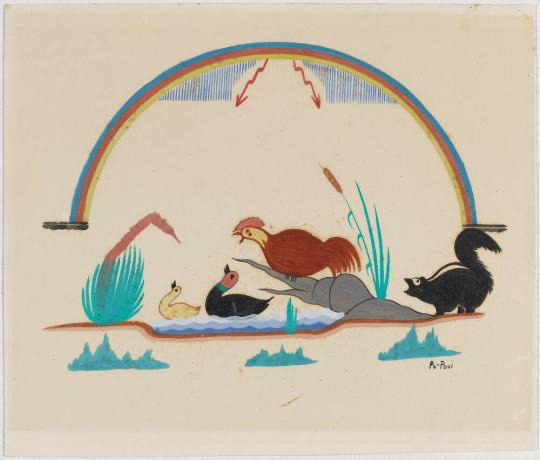
2. Popovi Da (Tony Martinez) Skunk, Ducks, Rooster 1930s San Ildefonso Pueblo, New Mexico, United States Tempera on paper board 9 9/16 × 11 1/4 in.

3. Julian Martinez (1885–1943) Untitled (Skunks and Chickens) 1930s San Ildefonso Pueblo, New Mexico, United States Tempera on paper board 10 × 11 1/16 in.
#animals in art#native american art#indigenous art#Museum of Fine Arts Houston#painting#works on paper#20th century art#1930s#National Skunk Day#skunk#animal holiday
310 notes
·
View notes
Text

Vía New Mexico History/Albuquerque Reminiscing
Oqwa Pi (aka Red Cloud, aka Abel Sanchez), from San Ildefonso Pueblo, standing front of the Fine Arts Museum in Santa Fe, New Mexico - San Ildefonso Tewa - circa 1925
8 notes
·
View notes
Text

“Blue Corn 1920-1999 San Ildefonso pueblo' world famous pottery maker poses for a portrait with one of her pots at her pueblo home”
127 notes
·
View notes
Text

View of San Ildefonso Pueblo, New Mexico
Photographer: John K. Hillers Date: 1879 - 1880? Negative Number: 004590
115 notes
·
View notes
Text
Puye Cliff Dwellings | The village consisted of two levels of caves cut into the cliffs and the ruins of a large pueblo on top of the mesa. There are over a dozen “stairs” from the top of the mesa to the base of the cliff. The stairs linked the Community House on top of the mesa to the dwellings at the base of the cliff, as well as to sources of water north of the pueblo.
#NewMexico#travel#roadtrip#NativeAmerican#daytrip#culture#history#New Mexico#heritage#Santa Clara Pueblo#San Ildefonso Pueblo
6 notes
·
View notes
Text

Looking at the Jémez Mountains from Pʼohwhogeh Ówîngeh (San Ildefonso Pueblo), Río Arriba Co, NM at dawn. Photo: Terrance Haanen (Jan 2024) :: [Robert Scott Horton]
* * * *
“The earth is a house of stories. Akeah-de.” ― N. Scott Momaday, Earth Keeper: Reflections on the American Land
#Jemez Mountains#Pʼohwhogeh Ówîngeh (San Ildefonso Pueblo)#New Mexico#dawn#stories#Robert Scott Horton#Terrance Haanen#N. Scott Momaday#Earth Keeper: Reflections on the American Land
4 notes
·
View notes
Text

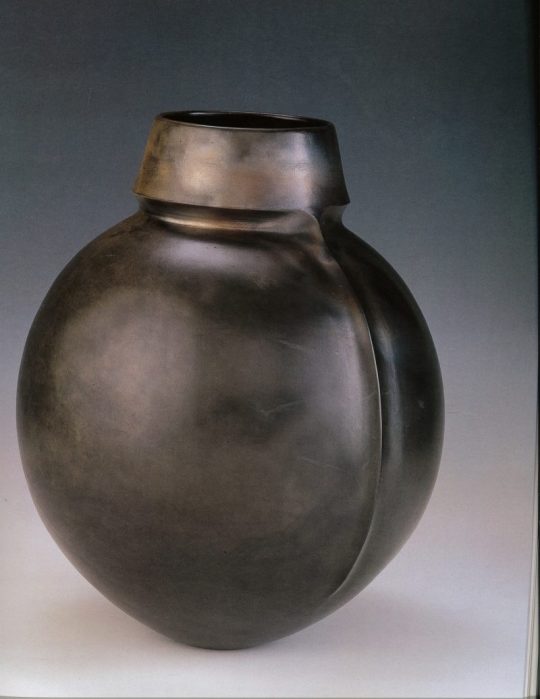
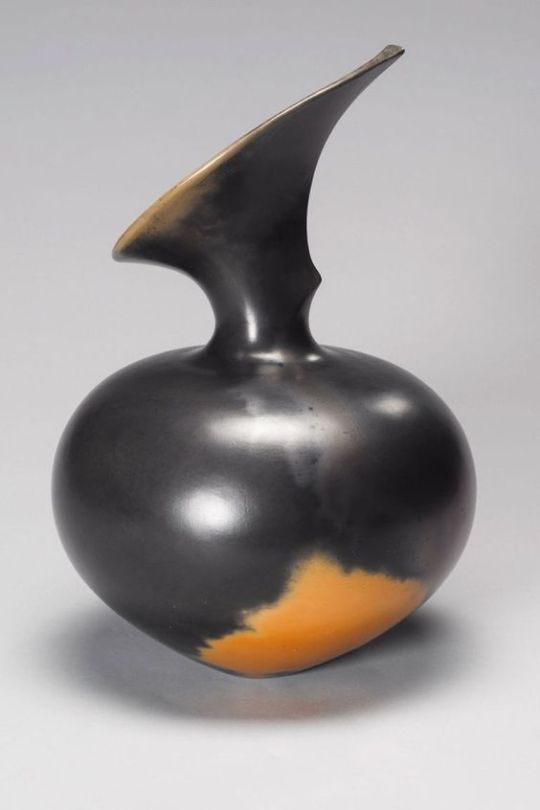
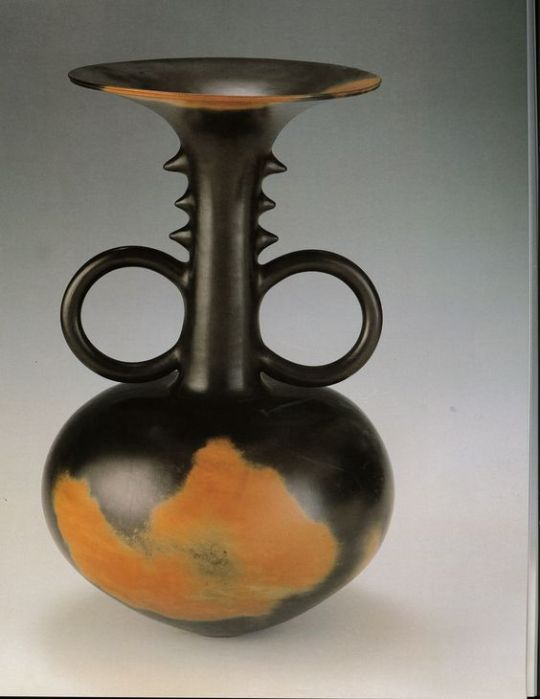
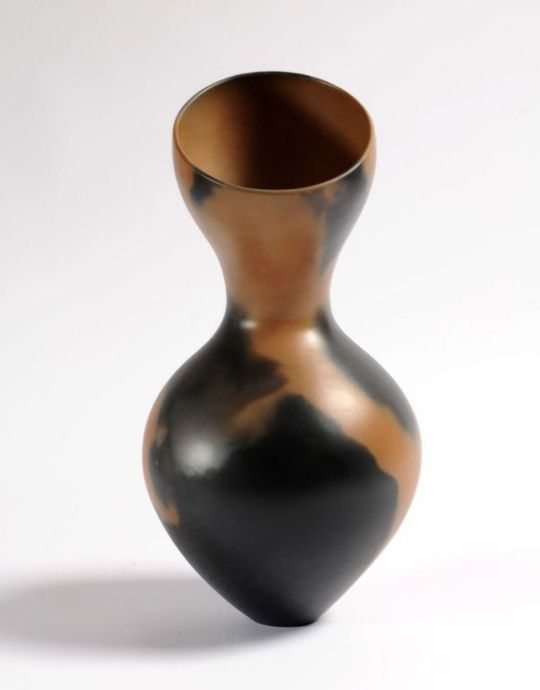
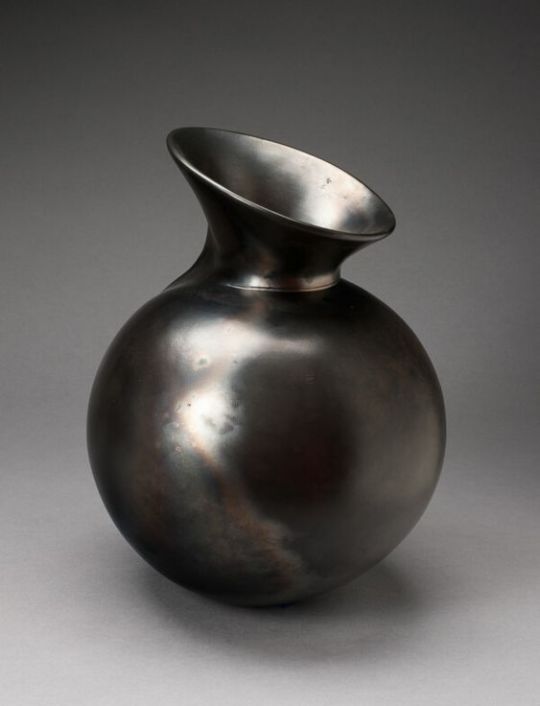


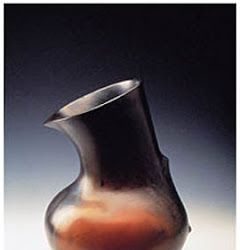
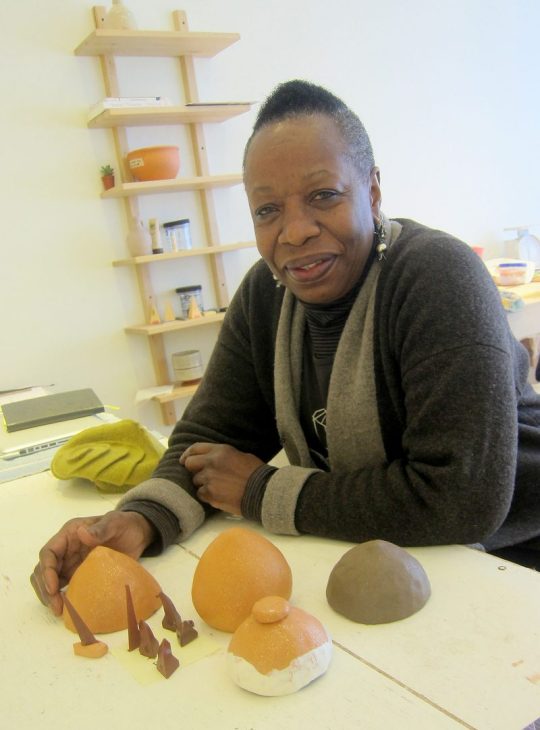
Magdalene Odundo (born 1950) is a Kenyan-born British studio potter, who now lives in Farnham, Surrey. Her work is in the collections of notable museums including the Art Institute of Chicago, The British Museum, The Metropolitan Museum of Art, and the National Museum of African Art.
She has been Chancellor of the University for the Creative Arts since 2018.
Magdalene Odundo was born in Nairobi, Kenya, and received her early education in both India and Kenya. She attended the Kabete National Polytechnic in Kenya to study Graphics and Commercial Art and later moved to England in 1971 to follow her chosen vocation in Graphic Design. After training in Farnham, Surrey, she completed her qualifications in foundation art and graphics at the Cambridge School of Art, where she began to specialise in ceramics.
After a while in England she discovered pottery, and in 1974–75 she visited Nigeria, visiting the Pottery Training Centre in Abuja, and Kenya to study traditional hand-built pottery techniques. She also travelled to San Ildefonso Pueblo, New Mexico, to observe the making of black-burnished vessels.
Odundo's best-known ceramics are hand built, using a coiling technique. Each piece is burnished, covered with slip, and then burnished again. The pieces are fired in an oxidizing atmosphere, which turns them a red-orange. A second firing in an oxygen-poor (reducing) atmosphere causes the clay to turn black; this is known as reduction-firing. She uses the same types of techniques used by the Ancient Greeks and Romans and likes to take inspiration from countries such as China and Mexico. (from wikipedia)
43 notes
·
View notes
Text

Oqwa Pi from San Ildefonso Pueblo, standing front of the Fine Arts Museum in Santa Fe, New Mexico - 1925
2 notes
·
View notes